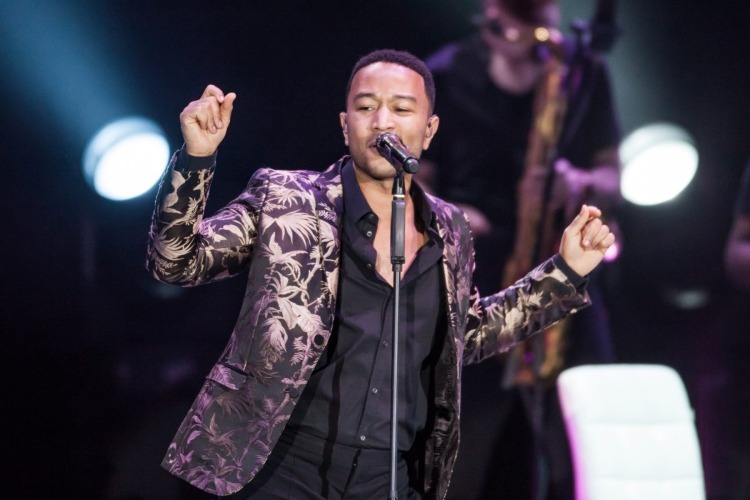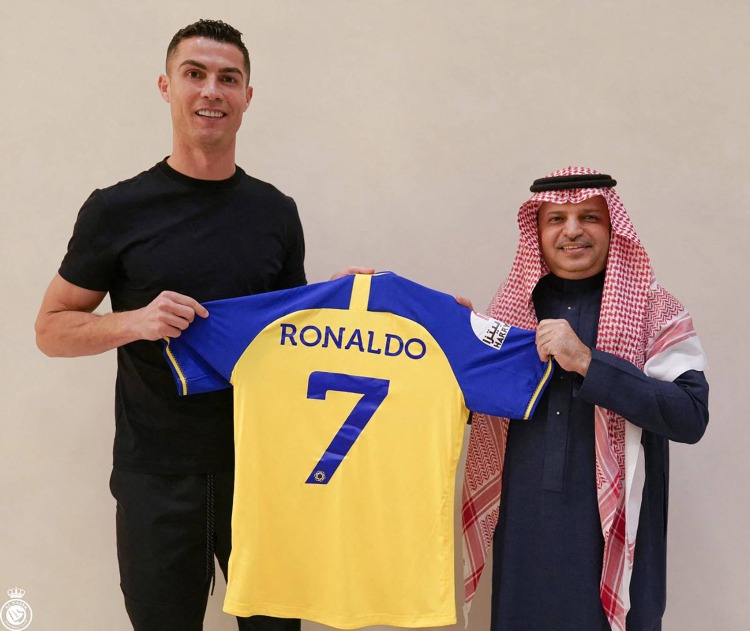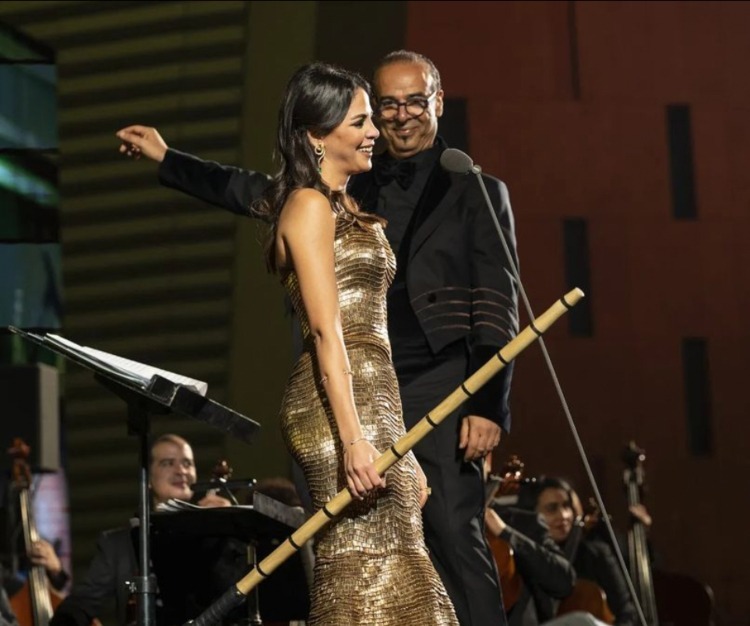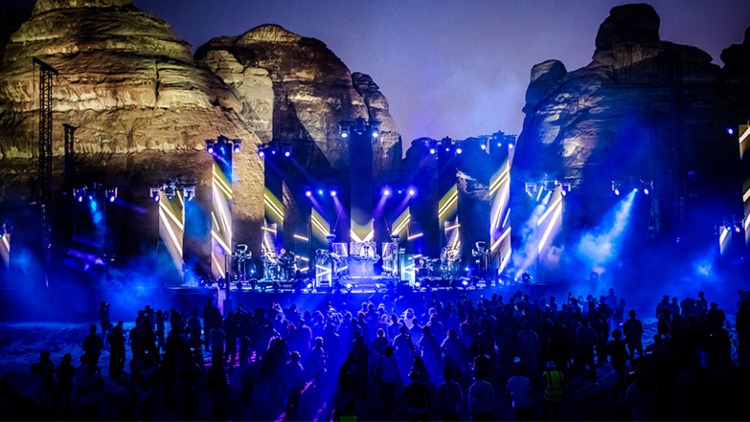by Mervat Mohsen
It took Saudi Arabia less than a year of zealous work to create its own Hollywood agenda. Using a multi-pronged strategy, the peninsula emerged with a new voice. It mastered drama, soccer and embraced an open policy regarding no ceiling on the number of pilgrims to the holy lands, Mecca and Medina. The target was easy to read, to keep its people entertained enough and thus avoid overspending abroad.
Since 2016, Saudi Arabia transformed into a hub for entertainment. Saudi institutions were set up to organize seasonal festivities. The entertainment budget rose from 23 million dollars to over a billion dollars investments in the art movement, in concerts and in screenings. A smart move, literally worth billions, to allow Saudis to invest within the kingdom and enjoy local and international celebrities in their own backyard. Concerts stretched from Riyadh to Jeddah, and in the Eastern provinces. In earlier days, Saudis travelled to Lebanon, Egypt and abroad to find entertainment that offered more than gourmet dinners. Today, all types of entertainers are opting to attend concerts in the kingdom rather than elsewhere.

The entertainment machine was led by the Saudi Ministry of Culture and the General Entertainment Authority. The Ministry of Sport also pitched in and masterminded the recent purchase of Portuguese footballer Christiano Ronaldo who captained both Saudi club Al Nassr and the Portugal national team. Saudi Arabia managed, despite the rapid awakening to the artistic life on its own soil, to highlight its own heritage, never forgetting its own origins. The Saudi Commission for Tourism and National Heritage in 2019 inaugurated seasonal concerts to showcase Saudi culture in every province.
Last year alone over 900,000 pilgrims visited the holy lands in Saudi Arabia, enjoying the more flexible laws that allowed foreign visitors into the country. Already the kingdom announced that there was going to be no restrictions on the number of Hajj pilgrims this year.

Meanwhile, here in Egypt, daily concerts were led by the crème de la crème of Egyptian voices at Cairo Opera House since its opening in 1988. Alongside the Cairo Opera House, its subsidiaries connected people in respective provinces. As an example, in one day alone this February month, the Damanhour theater invited the famed band Masar Egbari, while the Opera House celebrated Valentine’s Day with its own ensemble. A short distance away “The Fear” performance by Egyptian Modern Dance Theatre Company took place at el Gomhouriya Theater. Alexandria Opera House had its own String Orchestra.
Earlier Egypt had made use of its unique location, the Grand Egyptian Museum at the foot of the Pyramids, where international Egyptian Soprano Fatma Said went viral with her performance which took her a year to prepare with conductor Nader Abbasi. The Grand Egyptian Museum had become the go-to place, intermittently inviting the clique in Egypt and abroad to attend exclusive performances. The new administrative capital had in itself become a hub for the world’s most famous orchestral performances.

Already Saudi Arabia had raised challenges from competitors in the Emirates which housed Mission Impossible Ghost protocol and Jordan which was the prime location for desert filming. But Saudi Arabia owns the budget, 64 billion dollars were allocated over a decade to make it a Hollywood. Thousands of events already took place with a resilience to turn the kingdom into a Mecca both for religious pilgrims and as a prime entertainment venue. The General Entertainment Authority (GEA) chief Ahmad bin Aqeel Al-Khatib had explained at the start of the mission, that both the private and the public domains were financing the entertainment sector. Already major movies were being filmed in Saudi Arabia. The action-packed adventure ‘Desert Warrior’, starring Anthony Mackie (Marvel’s new Captain America), was being filmed entirely in Saudi Arabia. The world awaited a rating on another project starring Gerard Butler’s thriller ‘Kandahar’ in the Al-Ula region. A Saudi Opera House was being built in Jeddah, a fine port overlooking the Red Sea and a chief destination among the millions of pilgrims to the country each year. Netflix already flexed its muscles in Saudi Arabia, signing an eight-feature film deal.

Whether by intent or sheer luck and hard work, the peninsula was emerging as an entertainment hub, inviting top celebrities to its red carpet budding film industry. Next-door neighbor Lebanon was still struggling but known to always rise again none the worse for wear. Egypt probably required a fresh public relations mechanism in the wake of covid lockdown and a tragic warfare locking Russia, Ukraine and the wheat of the world.
The world was definitely changing but still too early to claim a winner in the region as the new Hollywood representative. Thanks to a social media that never slept, the app could easily boost or break newcomers in any industry, specially modern entertainment.
WE SAID THIS: Don’t Miss… 15-Time Grammy Winner Alicia Keys Set To Belt It Out At Saudi’s AlUla This Feb



